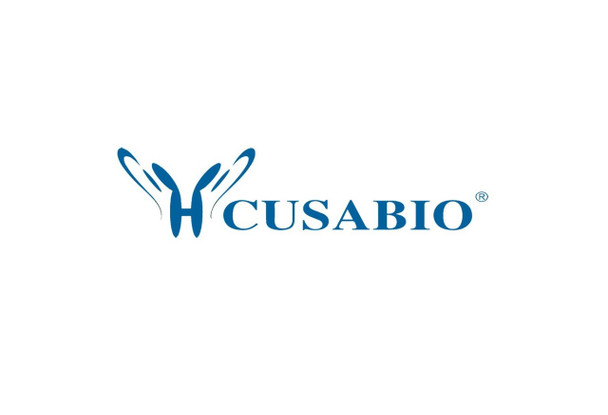Cusabio Mouse Recombinants
Recombinant Mouse Phospholipase A-2-activating protein (Plaa), partial | CSB-EP018107MO1
- SKU:
- CSB-EP018107MO1
- Availability:
- 13 - 23 Working Days
Description
Recombinant Mouse Phospholipase A-2-activating protein (Plaa), partial | CSB-EP018107MO1 | Cusabio
Alternative Name(s): PLA2P (PLAP) (Plap)
Gene Names: Plaa
Research Areas: Immunology
Organism: Mus musculus (Mouse)
AA Sequence: TGAGRYMPGSAGMDTTMTGVDPFTGNSAYRSAASKTVNIYFPKKEALTFDQANPTQILGKLKELNGTAPEEKKLTEDDLVLLEKILSLIC
Source: E.coli
Tag Info: N-terminal 10xHis-tagged and C-terminal Myc-tagged
Expression Region: 495-584aa
Sequence Info: Partial
MW: 14.7 kDa
Purity: Greater than 85% as determined by SDS-PAGE.
Relevance: Plays a role in protein ubiquitination, sorting and degradation through its association with VCP. Involved in ubiquitin-mediated membrane proteins trafficking to late endosomes in an ESCRT-dependent manner, and hence plays a role in synaptic vesicle recycling. May play a role in macroautophagy, regulating for instance the clearance of damaged lysosomes. Plays a role in cerebellar Purkinje cell development. Positively regulates cytosolic and calcium-independent phospholipase A2 activities in a tumor necrosis factor alpha- or lipopolysaccharide-dependent manner, and hence prostaglandin E2 biosynthesis.
Reference: "Large-scale cDNA analysis reveals phased gene expression patterns during preimplantation mouse development." Ko M.S.H., Kitchen J.R., Wang X., Threat T.A., Wang X., Hasegawa A., Sun T., Grahovac M.J., Kargul G.J., Lim M.K., Cui Y., Sano Y., Tanaka T.S., Liang Y., Mason S., Paonessa P.D., Sauls A.D., DePalma G.E. Doi H. Development 127:1737-1749(2000)
Storage: The shelf life is related to many factors, storage state, buffer ingredients, storage temperature and the stability of the protein itself. Generally, the shelf life of liquid form is 6 months at -20?/-80?. The shelf life of lyophilized form is 12 months at -20?/-80?.
Notes: Repeated freezing and thawing is not recommended. Store working aliquots at 4? for up to one week.
Function: Plays a role in protein ubiquitination, sorting and degradation through its association with VCP (By similarity). Involved in ubiquitin-mediated membrane proteins trafficking to late endosomes in an ESCRT-dependent manner, and hence plays a role in synaptic vesicle recycling
Involvement in disease:
Subcellular Location: Nucleus, Cytoplasm, Cell junction, synapse
Protein Families: WD repeat PLAP family
Tissue Specificity: Expressed in the brain, with highest levels in hippocampal neurons, cerebellar granular cell layer and Purkinje cells (PubMed:28413018).
Paythway:
Form: Liquid or Lyophilized powder
Buffer: If the delivery form is liquid, the default storage buffer is Tris/PBS-based buffer, 5%-50% glycerol. If the delivery form is lyophilized powder, the buffer before lyophilization is Tris/PBS-based buffer, 6% Trehalose, pH 8.0.
Reconstitution: We recommend that this vial be briefly centrifuged prior to opening to bring the contents to the bottom. Please reconstitute protein in deionized sterile water to a concentration of 0.1-1.0 mg/mL.We recommend to add 5-50% of glycerol (final concentration) and aliquot for long-term storage at -20?/-80?. Our default final concentration of glycerol is 50%. Customers could use it as reference.
Uniprot ID: P27612
HGNC Database Link: N/A
UniGene Database Link: UniGene
KEGG Database Link: KEGG
STRING Database Link: STRING
OMIM Database Link: N/A







